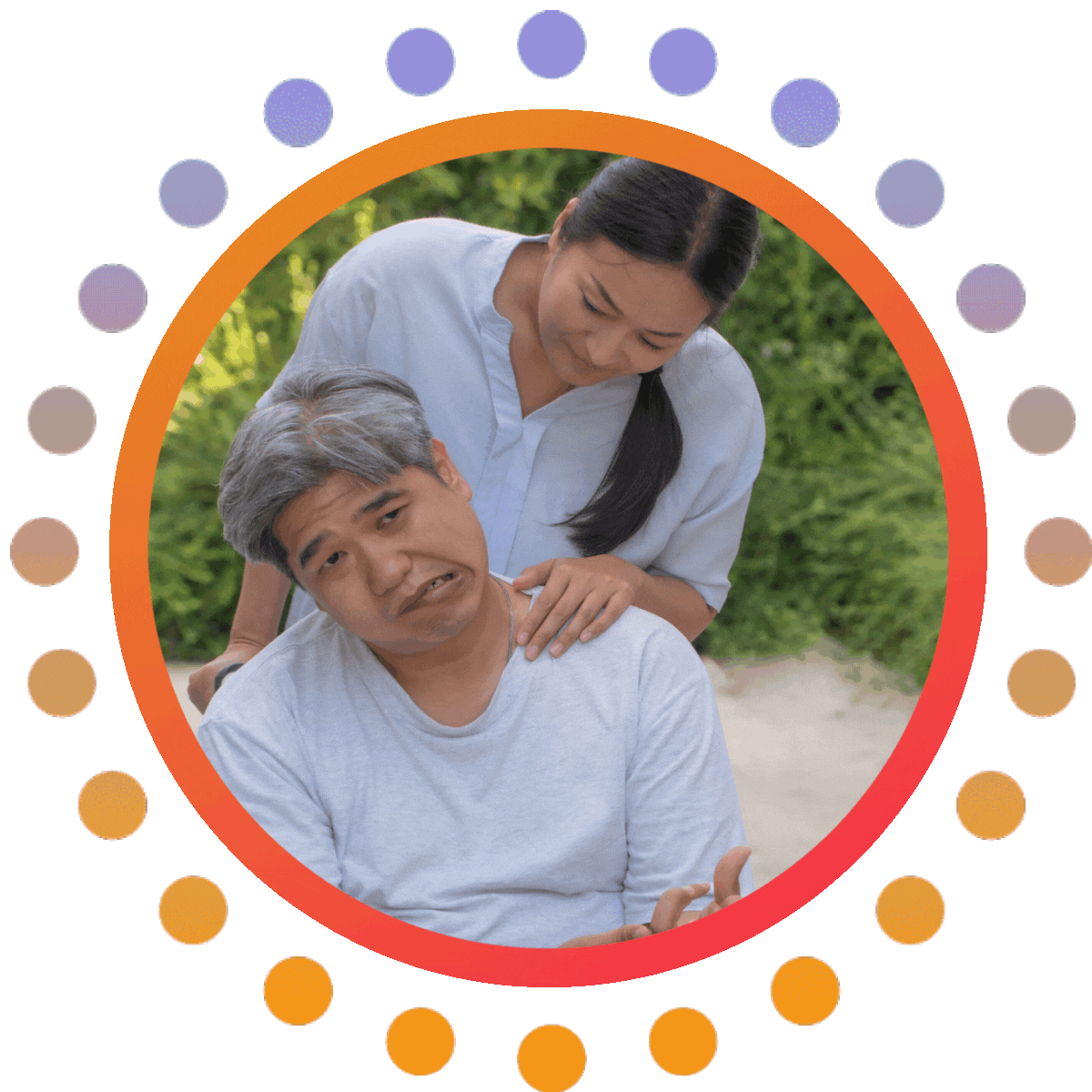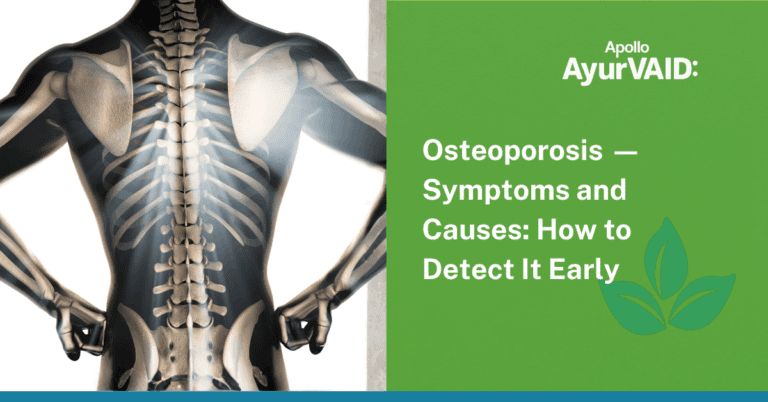
Web Stories
Step Into the Story: Explore Now
A brain stroke, clinically known as a stroke or cerebrovascular accident (CVA), occurs when the blood supply to a part of the brain is interrupted or reduced, depriving brain cells of oxygen and nutrients. This sudden disruption can be caused by a blockage (ischemic stroke) or the rupture of a blood vessel (hemorrhagic stroke), leading to damage or death of brain tissue.

How Ayurveda views a CVA
In the context of brain stroke, Ayurveda perceives it as a disruption in the balance of Vata dosha, which governs movement, circulation, and nervous system function. Various factors contribute for the aggravation of Vata doshas ranging from type of food, injury, Dysbiosis or improper functioning of the gut and many more. An aggravation or vitiation of Vata, leading to improper circulation or blockage of channels (srotas), contributes to the onset of strokes.
Are diabetic patients at risk of getting strokes?
Major modifiable risk factors for stroke include hypertension, diabetes, smoking, and dyslipidemia. Diabetes is a well-established risk factor for stroke. It can cause pathologic changes in blood vessels at various locations and can lead to stroke if cerebral vessels are directly affected. High blood sugar levels in diabetes can damage blood vessels throughout the body, leading to atherosclerosis (hardening and narrowing of arteries), which raises the likelihood of blood clots forming. These blood clots can obstruct blood flow to the brain, causing a stroke. Additionally, diabetes often coexists with other risk factors such as high blood pressure, high cholesterol levels, and obesity, further elevating the risk of stroke.
Managing diabetes effectively through proper medication, lifestyle changes (such as maintaining a healthy diet, regular exercise, and controlling blood sugar levels), and routine medical check-ups can significantly reduce the risk of strokes among diabetic individuals. Regular monitoring and care are crucial to mitigate these risks and maintain overall health.

Ayurveda Approaches to Stroke Prevention
Managing Hypertension: Ayurveda emphasizes the significance of managing high blood pressure as a key preventive measure.The correct management of hypertension lies in identifying the root cause for elevated levels from the diet, lifestyle which may not be suitable for the individual body type and rectifying it by medications or suitable therapies accordingly as planned by the doctor.
Reducing Inflammation: Chronic inflammation is recognized as a risk factor for strokes; hence, medicinal herbs that promote Pachana action, which is the process of digesting or metabolizing undigested or toxic substances in the body. It primarily involves enhancing the digestive fire or Agni to facilitate the proper digestion of undigested materials or toxic substances and the elimination of food and waste products.
Improving Blood Circulation: Ayurveda emphasizes the concept of enhancing blood flow (Rakta Prasadana) to prevent blockages leading to strokes. Practices like Abhyanga (oil massage) using specific herbal oils, such as Sesame oil, are known to improve circulation. Brahmi oil is known to promote neurological function.
Avoiding Causative Factors: Ayurveda suggests identifying and avoiding factors that may lead to stroke which is known as Nidana Parivarjana. This includes smoking, excessive alcohol consumption, and a sedentary lifestyle—all recognized as significant risk factors for strokes in modern medicine.
Personalized Treatment Approaches: Ayurveda physicians assess an individual’s Prakriti (body constitution) and Vikriti (current imbalances) to provide personalized recommendations. This approach aligns with modern medical practices towards personalized medicine, recognizing that individual variations influence health outcomes.
Integration with Modern Medicine: Ayurveda can complement conventional treatments, in case of a stroke, Ayurveda treatment alongside modern medications prescribed for stroke prevention offers a more comprehensive approach, potentially enhancing efficacy and reducing side effects.
Continuous Monitoring and Follow-up: Ayurveda emphasizes the importance of ongoing care and monitoring. Regular follow-ups with an Ayurveda doctor help track progress, adapt treatments, and reinforce preventive measures, fostering a proactive approach toward stroke prevention.
Integrative Stroke Care at AyurVAID
While Ayurveda provides holistic approaches to maintaining health and preventing life-threatening conditions like strokes, it’s essential to approach stroke management comprehensively, integrating Ayurveda principles with modern medical interventions for a well-rounded treatment plan. Ayurveda can complement conventional stroke care for an accelerated recovery. At AyurVAID, we offer a comprehensive Stroke Rehabilitation Program to aid recovery after an episode of stroke.
References:
- Charak Samhita Indriyasthana – Ch. I. 8 / 17 (Movement disorders; Cerebrovascular events)
- Sushrut Samhita Chikitsasthana – Ch. 5/19
- Diabetes and Stroke: Epidemiology, Pathophysiology, Pharmaceuticals and Outcomes – https://www.ncbi.nlm.nih.gov/pmc/articles/PMC5298897/
- Statistics for Stroke in Diabetics – https://www.ncbi.nlm.nih.gov/pmc/articles/PMC5298897/table/T1/?report=objectonly
- Ayurvedic Treatment of Acute Ischemic Stroke: A Prospective Observational Study – https://www.ncbi.nlm.nih.gov/pmc/articles/PMC6545648/






